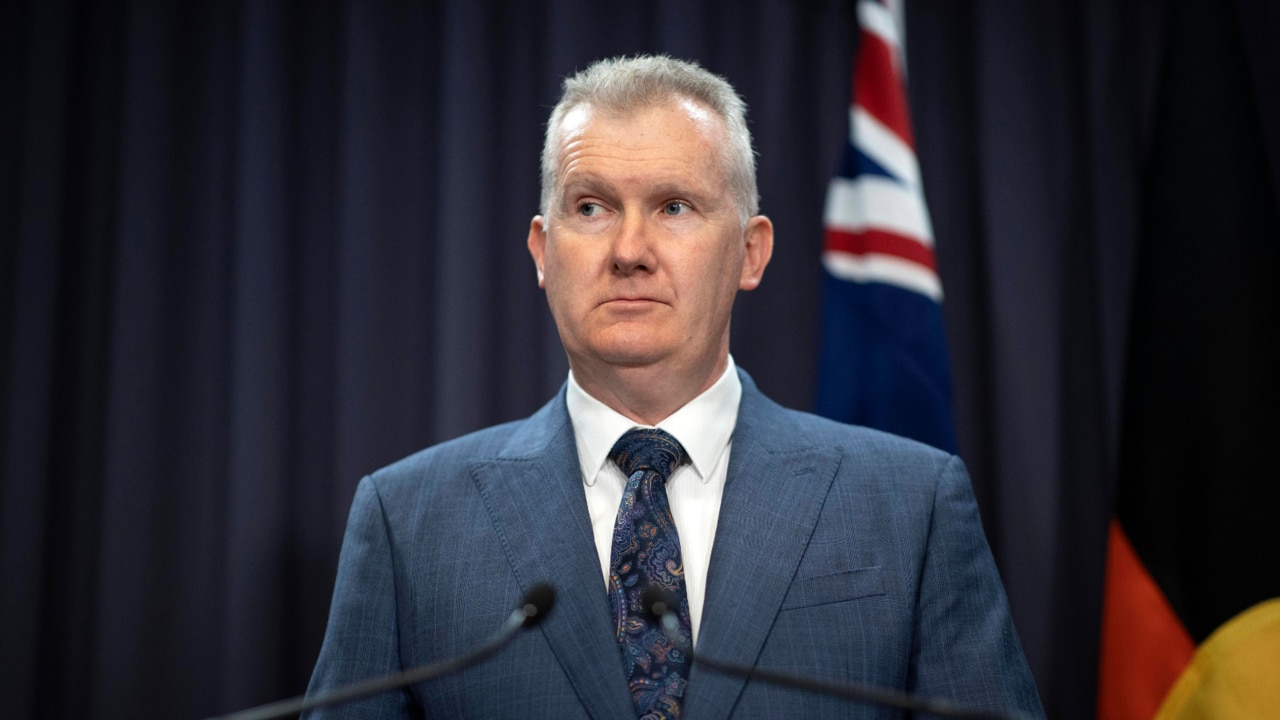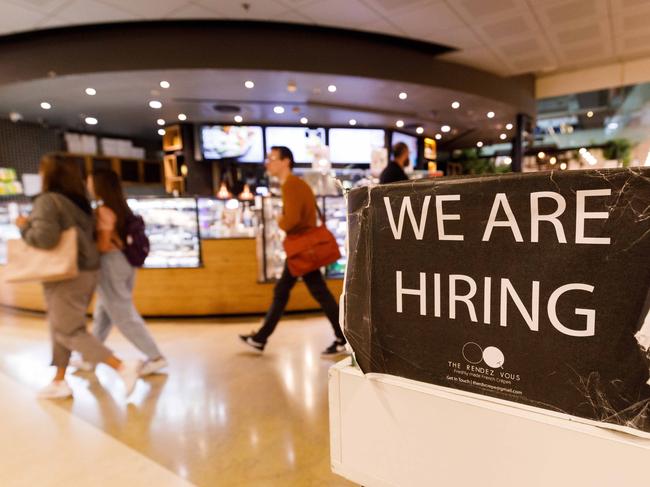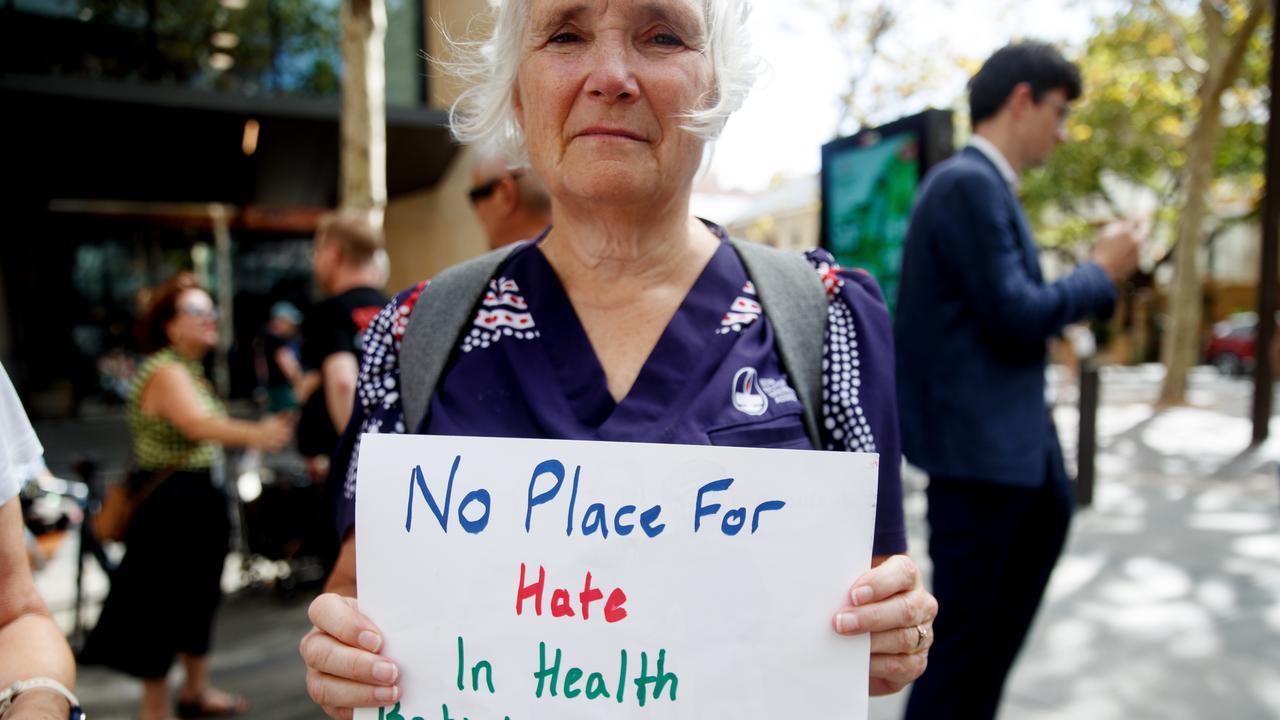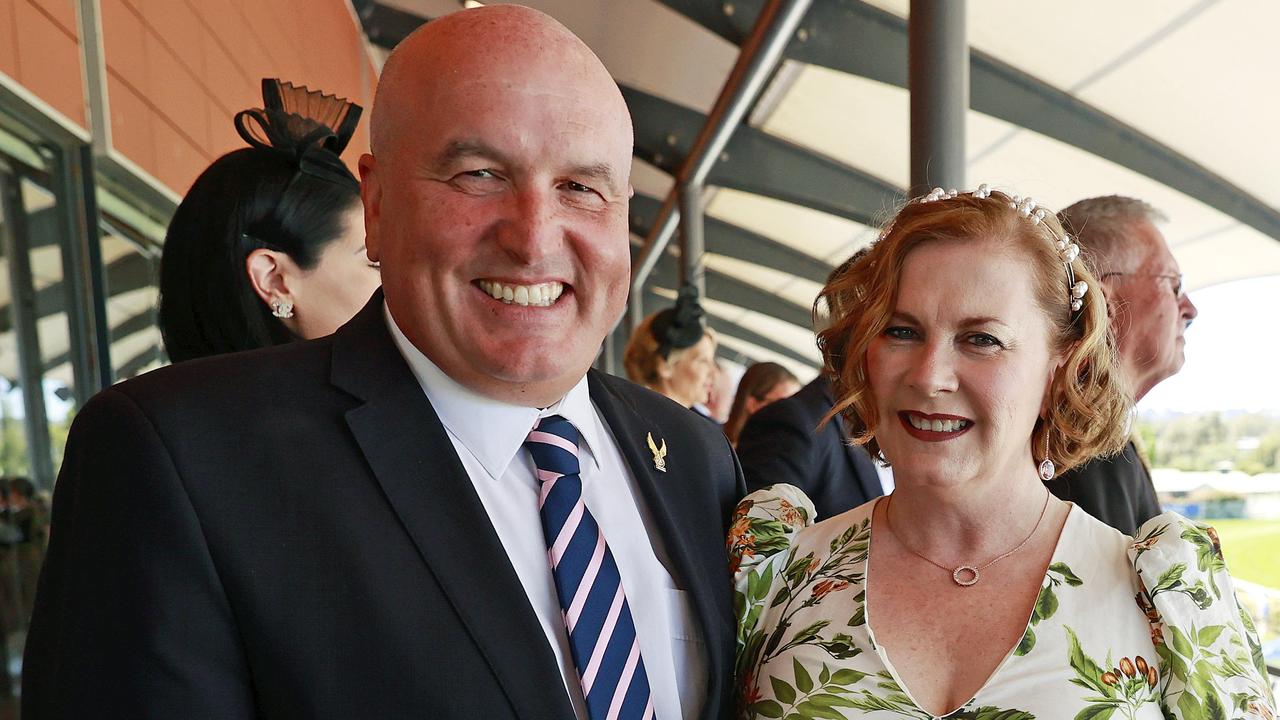John Rolfe analysis: Low unemployment sinks hopes of interest rate cut
The timing of an interest-rate cut has been pushed back with the release of today’s unexpectedly low unemployment figures - and some experts now think it may not come until next year, writes John Rolfe.

Opinion
Don't miss out on the headlines from Opinion. Followed categories will be added to My News.
The chances of a rate cut in the next six months just blew out.
That’s because unemployment fell from 4.1 per cent in January to 3.7 per cent in February, which was a big surprise.
Hours worked increased after six months of declines.
If this is more than just a one-month statistical anomaly and the labour market is in fact stronger than had been believed, then it will support economic growth, wages and consumer spending.
The number 3.7 is very low in historical terms. There was a time when such a jobless rate was considered unachievable.

According to CommSec, before the new figures were released by the Australian Bureau of Statistics, investors were pricing in a high chance of two 0.25 per cent interest rate cuts this year.
After, the chances of just one were on-par with the likelihood of two.
Another way of putting it is that the timing will be pushed back.
“A rate cut is likely to be delayed as the RBA will definitely want to see a better balance between demand and supply,” said KPMG chief economist Brendan Rynne.
CommSec economist Ryan Felsman said “the central issue is that central banks must be confident inflation can fall further, and remain sustainably low, allowing interest rates to fall.
“In the US, it will take at least three to six months for the appropriate level of confidence to be attained. In Australia, it could be longer,” Mr Felsman said.
Some other experts now think the RBA won’t loosen monetary policy until next year.
There are lots of things that could lead to that view becoming a reality.
One is that the unemployment rate stays in the threes.
Do you know more? Message 0481 056 618 or email tips@dailytelegraph.com.au





